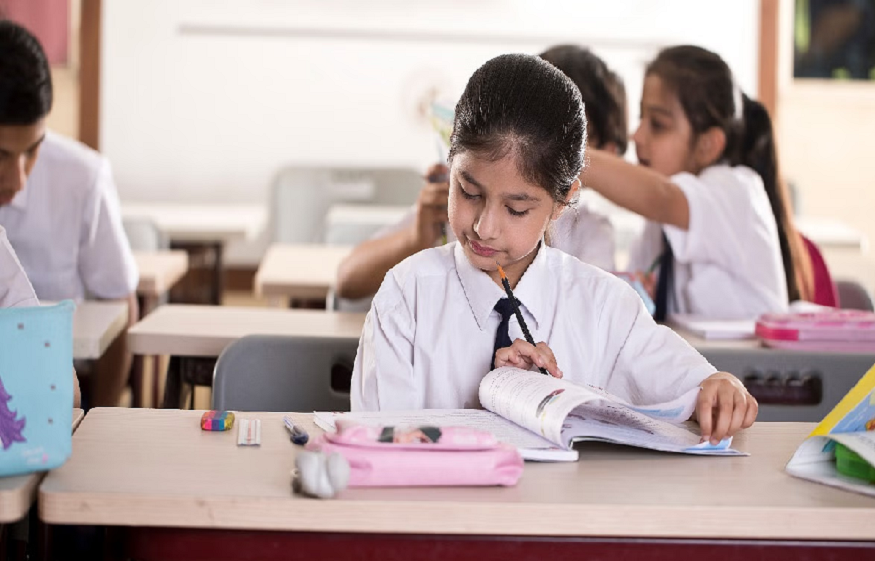This popular maxim of Victor Hugo known to all, evokes the power of education. He describes education as the light that reveals human virtue, beauty and genius. These values germinate and are built from a young age. Now considered a universal right, the right to education is guaranteed by various texts.
However, the realization of this right bends under the weight of ignorance and lack of application by education actors. Also, they struggle to include new learning methods in pedagogy. What to understand of the right to education of children and what are the challenges to be faced? Reading this article gives you answers to these questions.
What is the international legal framework for the right to education for children?
The international legal framework for the right to education for children refers to all the international texts governing the realization of this right.
It is the prerogative available to the child, allowing him to benefit from a quality education. It also allows him to enjoy the necessary support for the development of his faculties (moral, physical, intellectual).
Several texts form the legal arsenal of the right to education. This legal framework has progressed in the same way as the rights of the child have evolved in history .
The Universal Declaration of Human Rights (UDHR)
The UDHR adopted in 1948 is the first text to enshrine the right to education of the child. It states in its 26th article , the universality of the right to education and its quality. Also, it evokes the freedom of choice of the parents concerning the kind of education to be given to their child, in the consideration of his superior interest.
The CIDE adopted in 1989 spells out more clearly the right of the child to education in its 28th article . The legislator specifies the responsibility of the State concerning the realization of the right to education. Also in the same article, he mentions the different means at their disposal to guarantee quality education without discrimination.
The ACRWC is the third major text having evoked the right of children to education through its 11th article . It completes article 28 of the CIDE by setting out very clearly the objectives of the education of children.
The legal framework of the right to education of children in Benin
The legal framework of the right to education of children in Benin consists essentially of two texts. This is Law No. 2003-17 on the Orientation of National Education in the Republic of Benin rectified by Law No. 2005-33 of October 6, 2005 and Law No. 2015-08 on the Code of Child in the Republic of Benin. These two texts present education as the very first mission of the State.
The law on the Orientation of National Education evokes this responsibility of the State through its 1st article: “In compliance with the principles defined by the Constitution of December 11, 1990, education, in the Republic of Benin, constitutes and remains the national priority. He then explains:
Benin’s children’s code, adopted later, further reinforces this framework established by the law on the orientation of national education. Thus, it devotes 9 articles to the supervision of the right to education of children. These are articles 112 to 120, of the third part of the code, entitled “of the development of the child”.
It is clear that the legal framework for the right to education for children has been carefully constructed at the international level, but above all at the national level. However, the realization of this right struggles to be effective for all Beninese children, and those of the world.
The challenges of Beninese education
Beninese education is faced with several challenges. Among others, those of the insertion of digital technology in teaching and learning methods. This difficulty was revealed during the Covid 19 health crisis. Indeed, the direct players in education are struggling to keep up with digital in its development. The means of transmitting knowledge are becoming obsolete, preventing the facilitation of learning through digital tools.
However, the current Beninese government (2021 – 2026) has implemented projects for the integration of digital technology in the field of education.
Among others, the e-Education project which will provide learners and teachers with digital tools to facilitate learning. It will also allow better monitoring of learners.
Apart from the difficulty of integrating digital into the field of education, a major problem persists. These are the lack of human, infrastructural and financial resources. One could also mention the lack of scientific resources, but this is not the case. Scientific resources are available but are not exploited as they should be.
It will therefore be necessary to mobilize each resource and regular capacity building for the benefit of teachers and education stakeholders.




